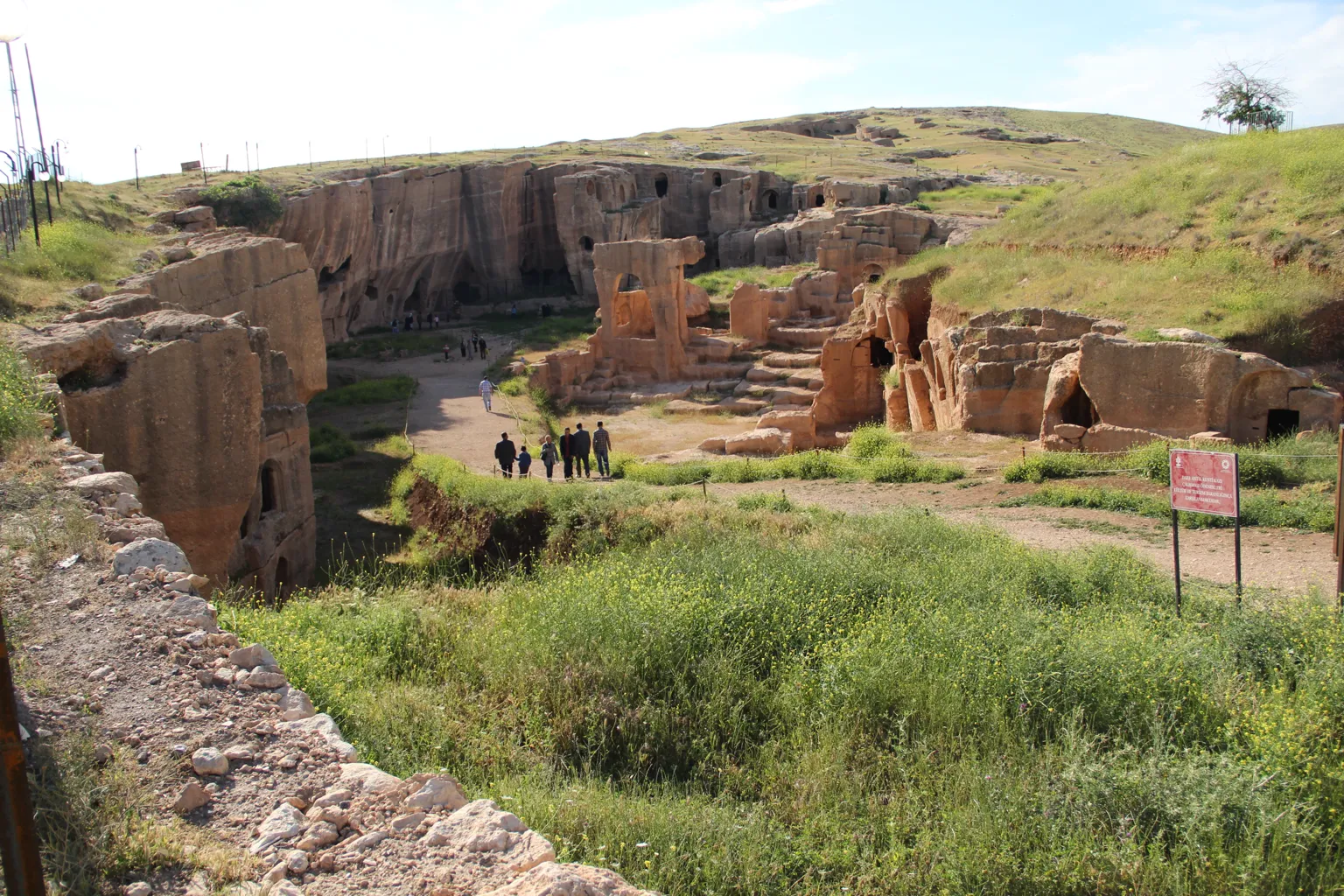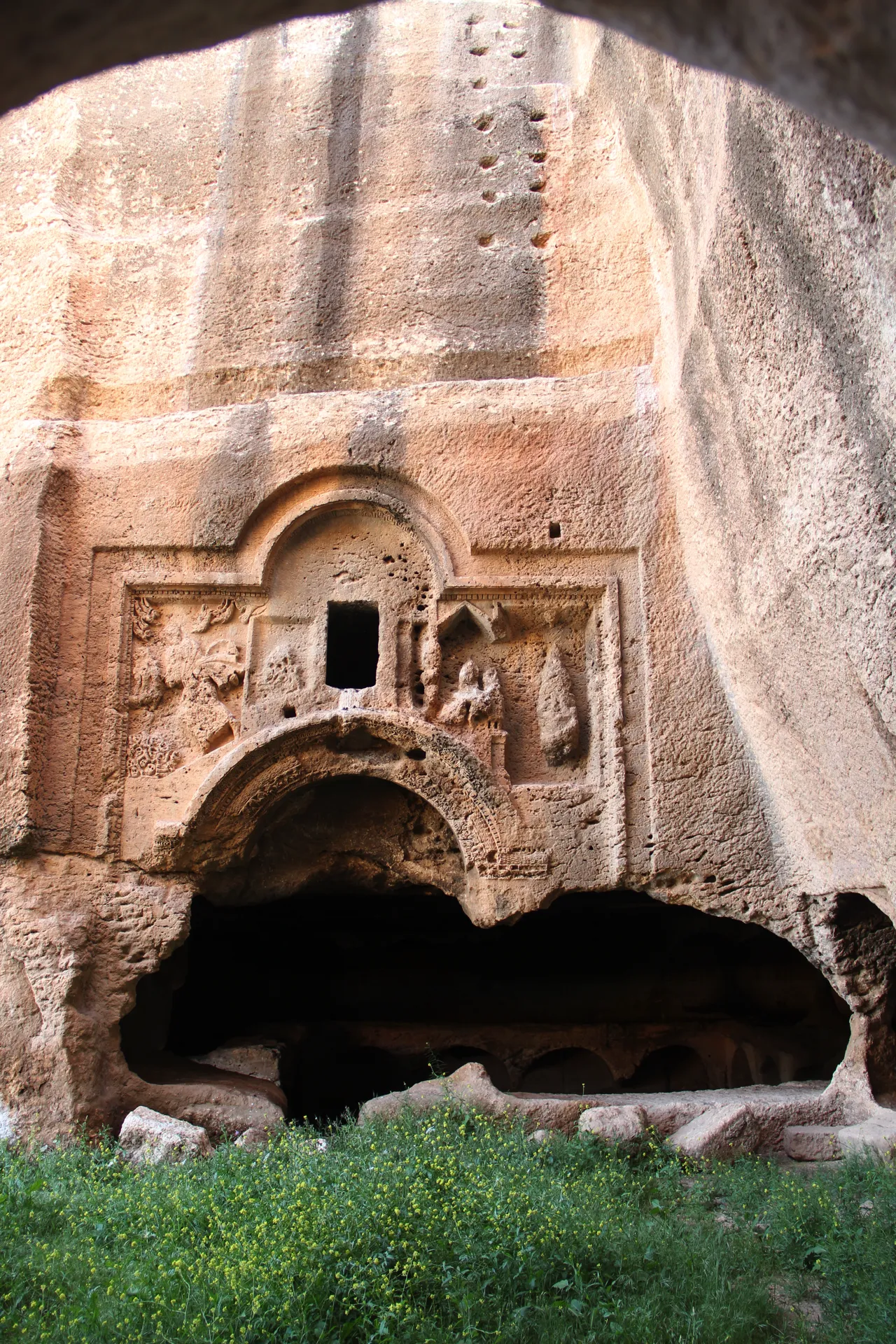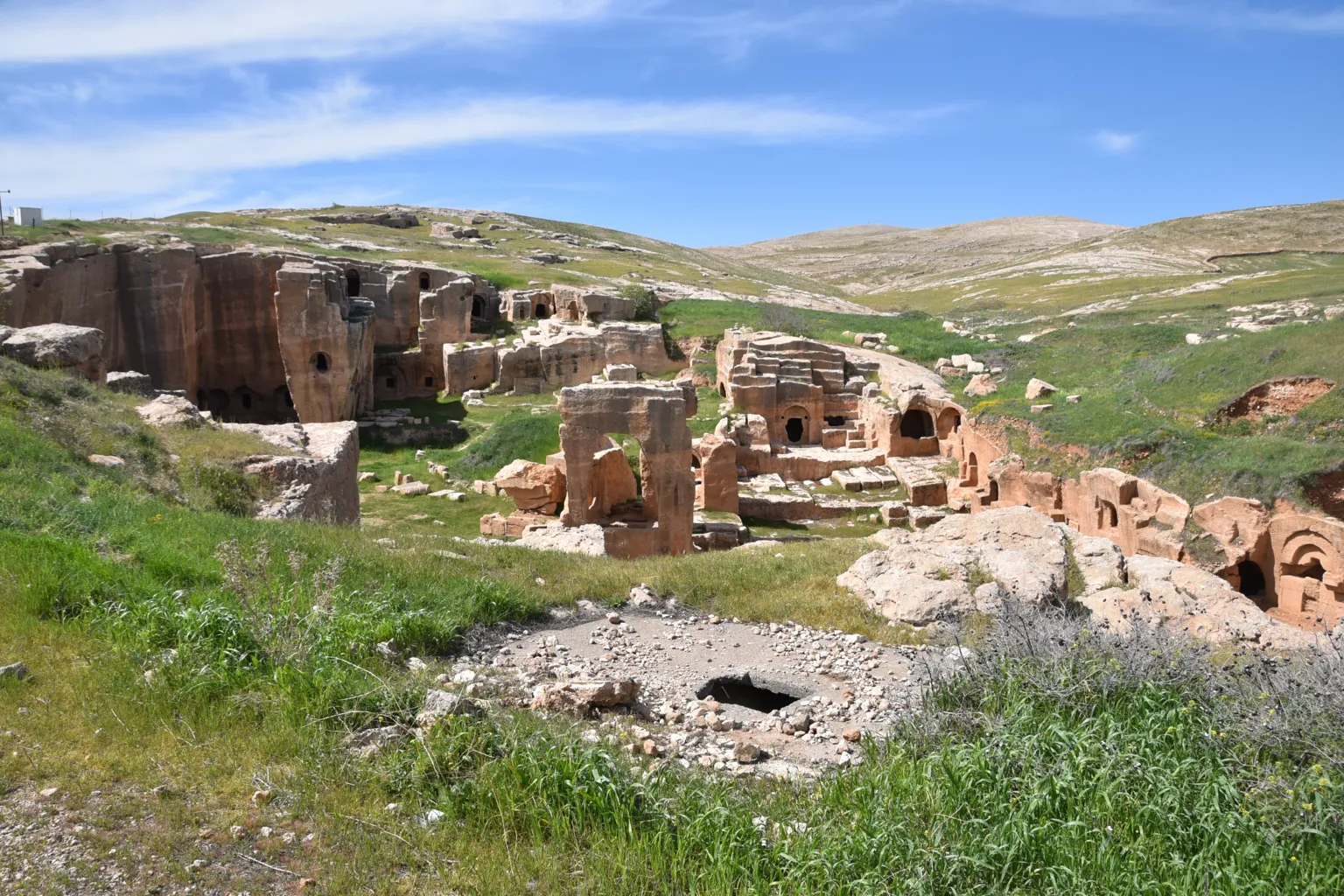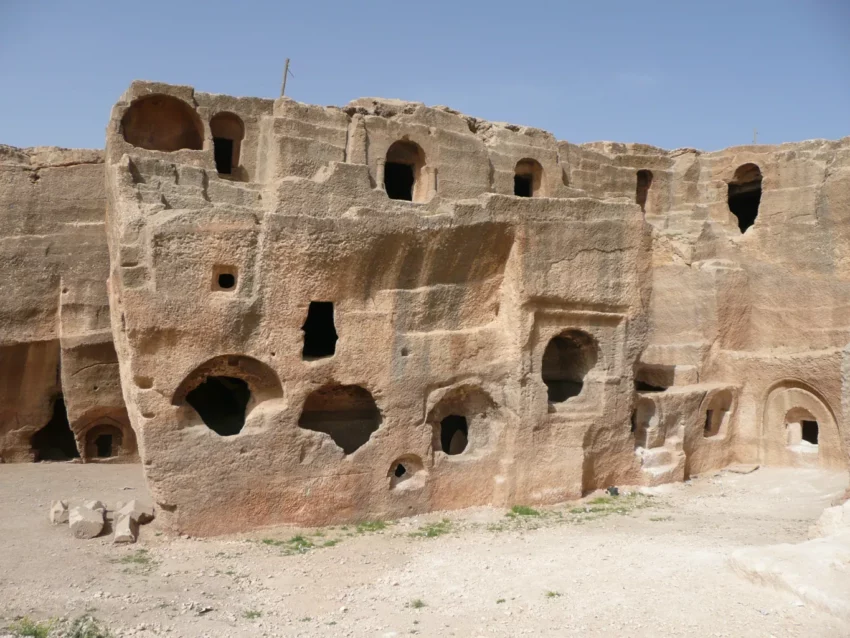The Rise and Fall of a Strategic Roman City
Dara, also known as Daras, was once a vital fortress city on the border of the East Roman Empire and the Sassanid Persian Empire. Located in what is now the Mardin Province of Turkey, this city played a key role in the Roman-Persian conflicts of late antiquity. Today, it is a modest village, yet its ruins tell the story of its once-grand significance.
Get your dose of History via Email
The City’s Origins Under Emperor Anastasius
Dara’s foundation as a military stronghold was born out of necessity. During the Anastasian War (A.D. 502–506), the Roman armies faced repeated defeats against the Sassanid Persians. Lacking a strong base near the contested border, the Romans were at a disadvantage compared to the Persians, who controlled the well-fortified city of Nisibis.
In A.D. 505, with the Persian king Kavadh I preoccupied in the east, Roman Emperor Anastasius I saw an opportunity. He rebuilt the small village of Dara, located just 18 kilometers from Nisibis and only 5 kilometers from Persia’s border. This new city, named Anastasiopolis after the emperor, served as a military hub. Its purpose was twofold: to protect the Roman army and prepare it for battle while also guarding against Persian and Arab incursions.

Construction was swift. Workers and masons from across Mesopotamia toiled tirelessly to transform Dara into a fortified city. Built across three hills, it featured a citadel on the highest point, storehouses, water cisterns, and even a public bath. With these additions, Dara became the seat of the Roman dux Mesopotamiae, the military governor of Mesopotamia.
Justinian’s Grand Reconstruction
While Anastasius laid the city’s foundation, its hurried construction left structural flaws. Procopius, a contemporary historian, noted that the original walls deteriorated quickly due to poor workmanship and harsh weather. By the time Emperor Justinian I ascended to the throne, significant repairs were needed.
Under Justinian’s orders, the city underwent extensive reconstruction and was renamed Iustiniana Nova. The fortifications were strengthened: the walls were raised to double their height, reaching 20 meters, and the towers were built three stories high, standing at around 35 meters. A moat, filled with water, encircled the city, adding another layer of defense.

One of Justinian’s most ingenious projects involved the nearby river Cordes. Engineers dug a canal to redirect the river through Dara, ensuring the city had a steady water supply. Additionally, an underground channel carried the river’s flow 65 kilometers north, depriving besieging armies of access to water. This innovation proved crucial in defending the city during sieges.
To address flooding, which had previously devastated parts of the city, Justinian’s engineers constructed an early arch dam. This structure is considered one of the first of its kind in history. The emperor also expanded the city’s infrastructure, building barracks for soldiers and two churches: the “Great Church” and another dedicated to St. Bartholomew.

Battles, Decline, and Abandonment
Dara’s strategic importance made it a frequent target during the Roman-Persian wars. In A.D. 573–574, the city fell to the Persians under King Khosrau I, only to be returned to Roman control in A.D. 591 after a treaty. However, in A.D. 604–605, Khosrau II captured Dara again after a grueling nine-month siege. The Romans eventually regained the city, but their hold on it remained tenuous.
In A.D. 639, Arab Muslim forces captured Dara, marking the end of its military prominence. Without its strategic role, the city gradually declined. Over time, it was abandoned, leaving behind ruins that echo its storied past.

A Grim Chapter: The Armenian Genocide
Dara re-entered history during one of the darkest periods of the 20th century. During the Armenian Genocide in 1915, reports suggest that the city’s ancient cisterns were used as mass graves. Armenians from nearby cities like Diyarbakır, Mardin, and Erzurum were reportedly slaughtered and their bodies dumped into these structures. This horrific event added a somber layer to Dara’s history.

A Religious Legacy: The Archbishopric of Dara
In addition to its military and political significance, Dara held religious importance. The city became a Christian bishopric soon after its foundation and was initially a Metropolitan see. Its jurisdiction included the cities of Rhesaina, Rhandus, and Nasala. The first known bishop, Eutychianus, assumed office in A.D. 506. Over the centuries, Dara’s bishops played key roles in theological debates and councils, such as the Second Council of Constantinople in A.D. 553.
After the Arab conquest, Dara became a center for the Syriac Orthodox Church. By the 10th century A.D., however, it lost its Metropolitan status, which was transferred to Rhesaina.
The Ruins Today: A Window into the Past
Modern Dara is a shadow of its former self. The once-mighty city is now a quiet village, yet its ruins still draw visitors and historians. The remains of its walls, cisterns, and canals offer glimpses into the engineering marvels of the Roman and Byzantine eras. Despite centuries of warfare and abandonment, Dara’s story remains a testament to human ingenuity and resilience.
Sources:

